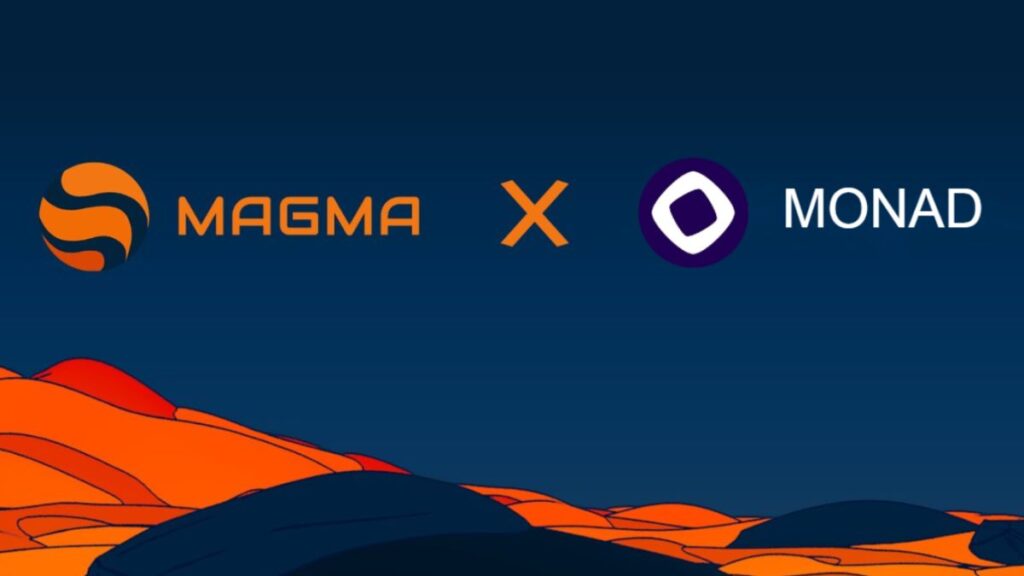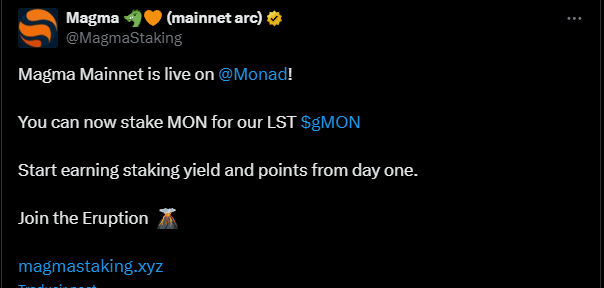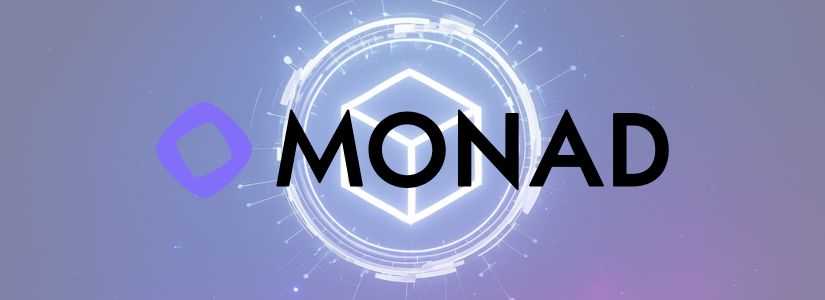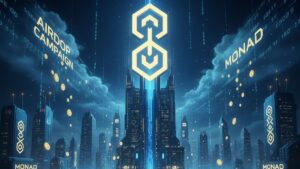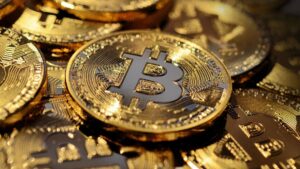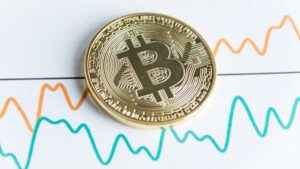TL;DR
- Magma’s launch allows users to obtain gMON by staking MON, creating a liquid asset that continues generating DeFi rewards.
- The public sale of MON on Coinbase raised $187.5 million in USDC and marked the exchange’s return to retail fundraising.
- Magma’s design captures MEV value and distributes it to stakers, creating an asset that can be used as collateral in Monad ecosystem protocols.
Magma debuted on the Monad mainnet with a model that allows users to stake MON and receive a liquid token called gMON, which continues generating rewards within the network’s DeFi ecosystem. It is the first MEV-optimized liquid staking product on Monad, a layer-1 blockchain compatible with Ethereum that aims to reduce confirmation times and fees without altering the developer experience.
The launch coincides with the close of the first public sale of the MON token on Coinbase’s fundraising platform. This operation marks the exchange’s return to retail fundraising in the United States following the regulatory crackdown on ICOs imposed in 2018.
Coinbase Returns to Retail Fundraising
The sale ran from November 17 to 22, reached its target of $187.5 million in USDC, and closed with demand exceeding 1.4x, according to figures published on the event’s official dashboard. Monad will launch with an initial supply of 100 billion MON; nearly half will be unlocked at launch for ecosystem programs and an airdrop. Team and investor tokens will remain locked for at least one year and will not be eligible for staking during that period.
Magma features a design that captures the additional value generated when validators reorder or bundle transactions to maximize MEV. Instead of that yield remaining solely in the hands of validators, the system distributes it to gMON stakers. This mechanism turns the token into a liquid asset capable of scaling within the ecosystem, because it can be used in financial protocols without losing staking rewards.
Magma Plans to Expand with More Products Inside Monad
David Mass, CEO of Magma, stated that he is not measuring success by early TVL spikes, but by real on-chain behavior in the first weeks. If users move beyond interactions focused on airdrops and allocate capital to native Monad strategies, he will consider the ecosystem to be functioning as a real economic environment. Mass added that a volatile market is an appropriate test to evaluate the product’s utility, because cycles determine growth speed, but infrastructure quality determines the direction of development.
Magma was developed by Hydrogen Labs, raised $4.2 million from investors such as Bloccelerate, CMS Holdings, Animoca Ventures, and Maelstrom, and works with validators including Blockdaemon and Figment. It plans to expand into lending, derivatives, and other DeFi sectors on Monad as the ecosystem matures following the initial MON distribution.


